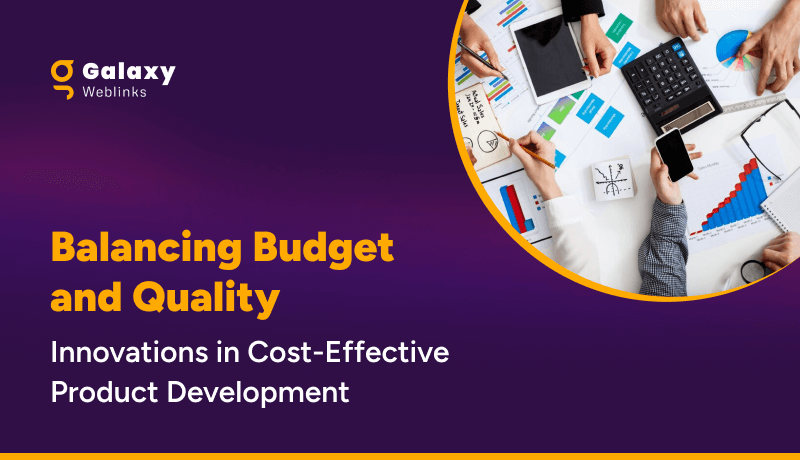Manual testing is a time-consuming, but thorough process. The primary objective of manual testing is to test the product against defined requirements or user stories to identify problem areas. After identifying the bugs, the application is then reviewed and handed over to the development team where they resolve the problem areas. This leads to the development of a flawless product.
Manual testing helps us understand the entire problem and explore other angles of tests with flexibility. While Test Automation helps save precious time, it comes with its own limitations. Test Automation can never ever substitute manual testing in its entirety.
A step-by-step approach to Manual Testing
Software Testing generally falls into two categories – Manual and Automated. While the process may differ, the steps in both these testing methodologies overlap.
Here are the most common Manual testing steps –
Step 1. Requirement Gathering
As the name suggests, this stage is all about understanding what the client’s requirements are and curating them. Requirement gathering is done through
- Reviewing available documentation
- A thorough study of existing systems and their integrations
- Interactions with stakeholders to understand business goals
The gathered information then guides the testing strategy and the implementation plan. In this stage, the live demos from developers help greatly. Development and QA share a symbiotic relationship, in a way that directly impacts the quality of the tests and ultimately the product.
Step 2 – Sharing and Discussion
After gathering the data, you can consolidate and prioritize the information inside into usable components for creating test cases and scenarios. While making test cases, you will also have to consider several factors like types of testing, scope, and time needed for the tests. At this point, the QA team needs to understand the software inside out. This will facilitate knowledge sharing and discussions about the current state with the stakeholders.
In software testing, mind maps are becoming increasingly popular. They provide a visual picture of the software testing project with all the cases and detailed workings. This makes life easier, especially for the team leaders as they can use it to share test planning and accountability with the team.
Step – 3 Test Environment and Resources Setup
Manual testing largely focuses on the end-user experience. Testing in a dedicated environment standardizes the product’s performance under lab conditions. A basic framework of the test environment is prepared based on the requirements. Manual testing tools, hardware, resources, and assets are also procured and set up.
Step 4 – Creating Test Scenarios and Test Cases
A quick analysis of requirements and user stories will clear up any doubts about what and how to test. Like other aspects of development, documentation is crucial including writing the test cases. Review the specification documents in detail, gather knowledge about the scope of testing, and create high-level test scenarios, once the documents have been shared with the team. Along with the what and how of the test, the cases also provide expected outputs.
Step 5 – Test Execution and Defect Reporting
In the execution stage, the test cases are performed by one or more people, who follow the instructions detailed in the test cases. Their focus is to achieve the said objective while being vigilant about any mismatch between expected and actual cases. Things that do not fit in the definition of normal in requirements are flagged as bugs in the report, to be conveyed to the developers. Then the Test case status for the concerned action is marked as failed.
Step 6 – Defect Retesting and Closure
The job of a tester is not just to identify and report bugs. They also need to ensure that the reported problems are addressed. The testers are accountable for the defects and verifying the fixes, and ultimately updating the status of the defect in the concerned test case.
Step 7 – Feedback and Recommendation
The software is put through a final round of tests so that everyone involved can learn about the quality of the product. The manual testing process is said to be completed when the test report is delivered to all the stakeholders. The test results go through a feedback and recommendations process. This is the final point where the team can point out any areas of improvement if any.
A testing report should have:
- Testing status of the product tested
- Testing metrics
- Areas tested
- Areas out of scope
- Non-testable items
Step 8 – Product Release, Test Cases, and Repository Maintenance
When your product functions as per the expectations, it is handed over to a release manager and scheduled for release. Even though the product has technically passed the QA, it may just come back to the testers in the case where something fails after reaching the marketplace or any updates have been made to the product following review.
Step 9 – Updating Test Cases
As a best practice, update and maintain the test cases on file and keep good version control so that no obsolete test cases are run or cause any previous bug to resurface.
Conclusion
Unlike automation testing, manual testing is easier to adopt but the quality and output depend heavily on the thought process of the testers and best practices employed. This blog highlights the manual testing process and how testers should approach it for the best possible quality of the product.
About Galaxy Weblinks
We specialize in delivering end-to-end software design & development services and have hands-on experience with automation testing in agile development environments. Our engineers, QA analysts, and developers help improve security, reliability, and features to make sure your business application and IT structure scale and remain secure.

